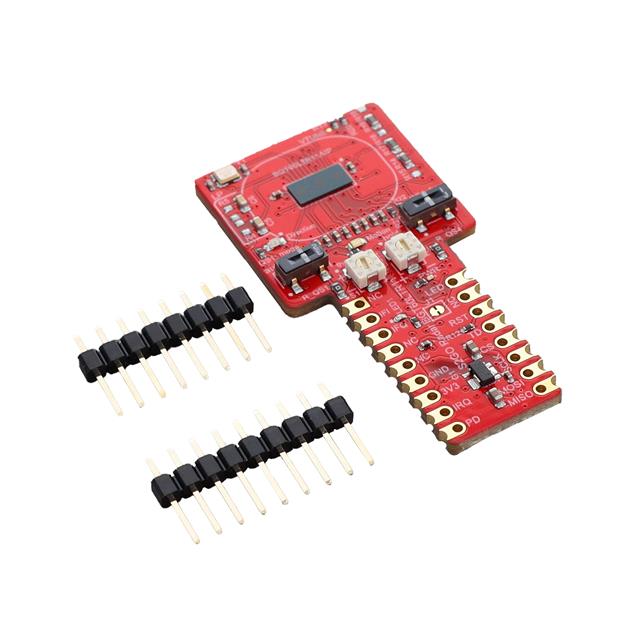
S2GORADARBGT60LTR11TOBO1
ActiveINFINEON’S FIRST ARDUINO COMPATIBLE 60GHZ RADAR SENSOR FOR MAKERS, DEVELOPERS AND PROTOTYPING
Deep-Dive with AI
Search across all available documentation for this part.

S2GORADARBGT60LTR11TOBO1
ActiveINFINEON’S FIRST ARDUINO COMPATIBLE 60GHZ RADAR SENSOR FOR MAKERS, DEVELOPERS AND PROTOTYPING
Deep-Dive with AI
Technical Specifications
Parameters and characteristics for this part
| Specification | S2GORADARBGT60LTR11TOBO1 |
|---|---|
| Contents | Board(s) |
| Function | Radar |
| Platform | Shield2Go |
| Suggested Programming Environment | Arduino, ModusToolbox, Platform.IO |
| Type | Sensor |
| Utilized IC / Part | BGT60LTR11AIP |
Pricing
Prices provided here are for design reference only. For realtime values and availability, please visit the distributors directly
Description
General part information
BGT60 Series
The era of expensive radar board applications and time-consuming development is over! From now on, you can build your own radar-based solution without being an expert or embedded engineer. Create your own radar-based prototypes and applications within minutes with Infineon’s first and new Arduino compatible and completely autonomous radar sensor – the BGT60LTR11AIP. Coming in a super small Shield2Go formfactor size, this low-cost radar board gives every curious developer the possibility to get hands-on experience with radar without the necessity of big programming or radar knowledge skills. Use this 60Ghz Radar Shield2Go independently as a state machine, which enables operations of the device without any microcontroller, or as a ‘plug-on’ radar sensor (e.g. with Arduino form factor boards or other microcontroller boards) to detect motion and direction of motion by using only two GPIOs. With distances up to 7m, this radar board is ideal for short-distance applications e.g. in smart home or led-based applications. You will only need a 3.3V power-supply to get started with this board. Find more information on Infineon’s Github or do-it-yourself Hackster website.
Documents
Technical documentation and resources


